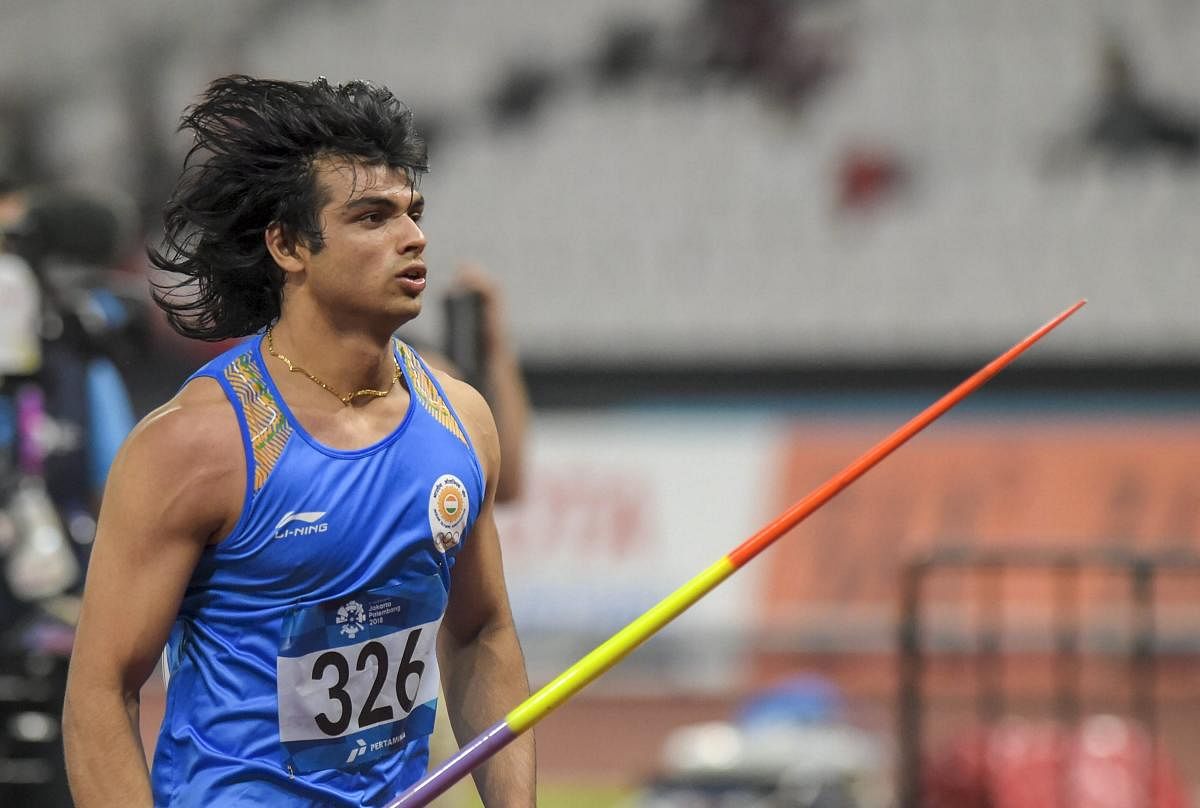
Indian athletes aspiring to compete in the Tokyo 2020 Olympic Games are in for a hard time, with the International Association of Athletics Federations (IAAF) laying down tough qualification guidelines.
The IAAF, at its council meeting in Doha, approved the qualification system which will use a combination of entry standards and the recently announced world rankings to determine athletes who are eligible for Olympic selection.
Under the new qualification process, an athlete can qualify for the 2020 Olympics in one of two ways -- achieve the entry standard within the respective qualification period or qualify by virtue of his/her IAAF World Ranking position at the end of the respective qualification period.
The process is designed to achieve about 50 per cent of the target numbers for each event through entry standards and the remaining 50 per cent through the IAAF world ranking system, the IAAF said in a statement. The standards, though, have been set at a high level from an Indian viewpoint and in most cases, they will have to break the national records if they are to qualify.
Among the current crop, three athletes seem to be within the range -- javelin thrower Neeraj Chopra, 400M runner Hima Das and long jumper M Sreeshankar. While Neeraj and Hima only have to come close to their personal bests in order to qualify, Sreeshankar has to do a couple of notches better during the qualification period that starts on May 1, 2019 and ends on June 29, 2020 (for all events barring marathon, race walks and 10000M). Neeraj’s best is 88.06 metres set at the Asian Games in Jakarta -- far better than the entry standard of 85.00 metres while Hima’s 50.79 seconds at the Asiad also is better than the standard of 51.35. But the Assamese runner has had a poor start to the season and she has some catching up to do. Sreeshankar had set a national record of 8.20 metres last year and he needs to jump 8.22 to qualify.
Others in with a chance to make it are Jinson Johnson in 800 metres (personal best: 1:45.65, qualifying mark: 1:45.20) and 1500 metres (PB: 3:37.86, Standard: 3:35.00) and A Dharun in 400M hurdles (PB: 48.96, Standard: 48.90).
Another bright young prospect, high jumper Tejaswin Shankar, will have to scale 2.33 metres to get the Tokyo ticket. His best, and the national record, is 2.29 metres.
In men’s triple jump and women’s 800 metres, the standards are lower than the national records but it remains to be seen whether the current bunch could come close. Renjith Maheswary had set a record of 17.30 metres prior to Rio Olympics in triple jump while the standard is set at 17.14.
In women’s 800, the standard is 1:59.50 while Tintu Luka’s national record stands at 1:59.17. Tintu, pegged back by an injury, has taken a step back from the stage and there is no one who can come close to her mark among the current two-lap runners.
India could also make it to Tokyo in relays (where the top-16 teams qualify) as well as walk events, where the standards aren’t that stiff (1:21.00 in men’s 20km walk and 1:31.00 in women’s 20km walk).